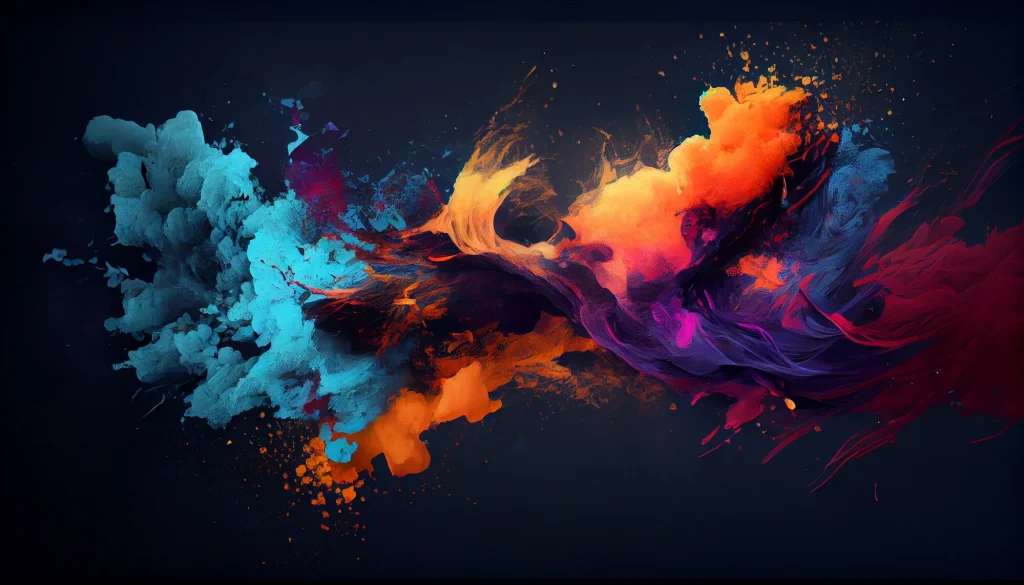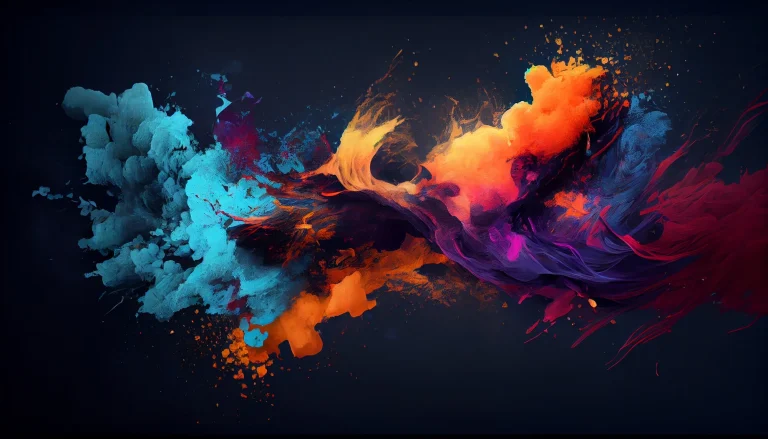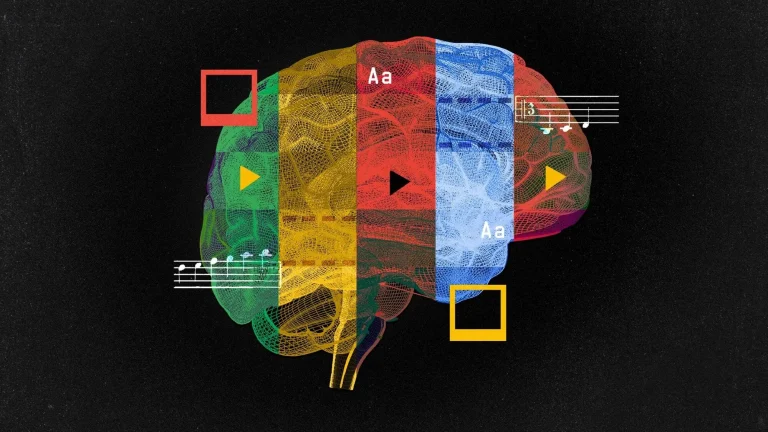Colors are everywhere around us, but do you know that they can have a huge impact on our psyche and physiology? Color psychology is the science of how colors influence our mood, feelings, and actions. Color psychology can help us understand why we choose certain colors, how they affect our emotional state, and how we can use them to our advantage.
The History and Models of Color Psychology
The study of color psychology began in the 17th century, when the English scientist Isaac Newton discovered that a white beam of light, passing through a prism, splits into all the visible colors. Newton also established that each color is composed of a single wavelength and cannot be further split into other colors. Later experiments showed that light can be combined to create other colors, and that mixing all three colors of light produces white.
There are two main color models used in color psychology: additive and subtractive. The additive model is based on the mixing of light colors and is used for colors displayed on screen, such as on TVs, computers, and phones. The additive model uses three primary colors: red, green, and blue. Mixing these colors creates other colors, and mixing all three colors produces white.
The subtractive model is based on the mixing of paints or pigments and is used for printed colors, such as on books, magazines, and posters. The subtractive model uses three primary colors: yellow, magenta, and cyan. Mixing these colors creates other colors, and mixing all three colors produces black.
The Meanings of Colors and Their Applications
The meanings of colors are related to the associations that we have with them due to our culture, history, experience, and personality. The meanings of colors can vary in different cultures and situations, so it is important to know how to properly interpret and use them. Here are some examples of how colors can have different meanings and their applications:
Red

Red is the color that symbolizes passion, love, energy, heat, blood, and danger. It can evoke strong emotions, increase blood pressure and appetite, and stimulate activity. Red can be used in advertising to attract attention, create a sense of urgency and excitement, and emphasize importance. Red can also be used in romance, celebration, and national identity expressions.
Green
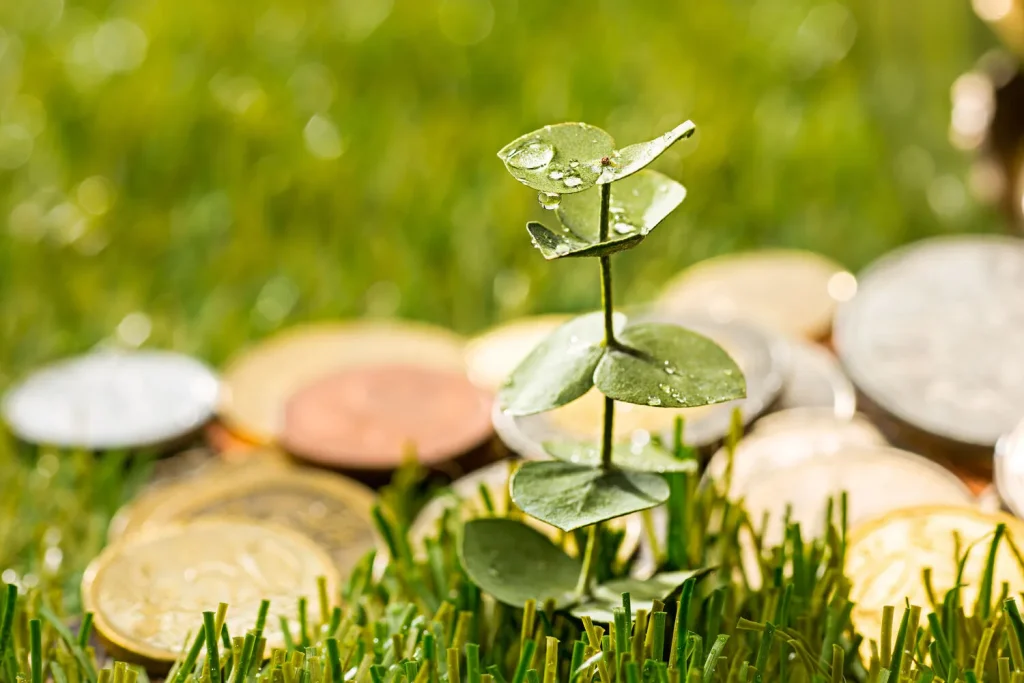
Green is the color that symbolizes nature, growth, health, peace, hope, and envy. It can evoke a sense of calmness, relaxation, and harmony, help with concentration and creativity, and reduce stress. Green can be used in advertising to emphasize ecology, health, freshness, and quality. Green can also be used in finance, religion, and security expressions.
Blue
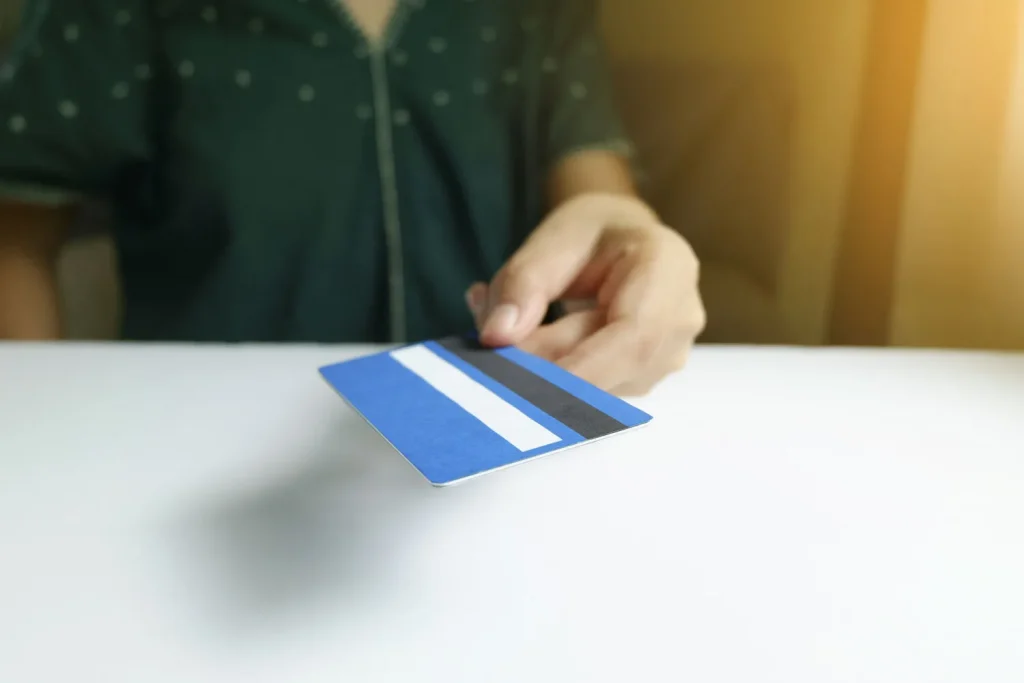
Blue is the color that symbolizes the sky, water, cold, peace, loyalty, and authority. It can evoke a sense of trust, friendliness, and care, help to calm and cool, and stimulate communication. Blue can be used in advertising to emphasize professionalism, reliability, confidence, and conservatism. Blue can also be used in technology, business, and politics expressions.
Yellow

Yellow is the color that symbolizes the sun, light, warmth, joy, optimism, and intellect. It can evoke a sense of happiness, energy, and creativity, help with learning and memory improvement, and stimulate communication. Yellow can be used in advertising to emphasize advantage, originality, innovation, and playfulness. Yellow can also be used in transportation, science, and education expressions.
Purple
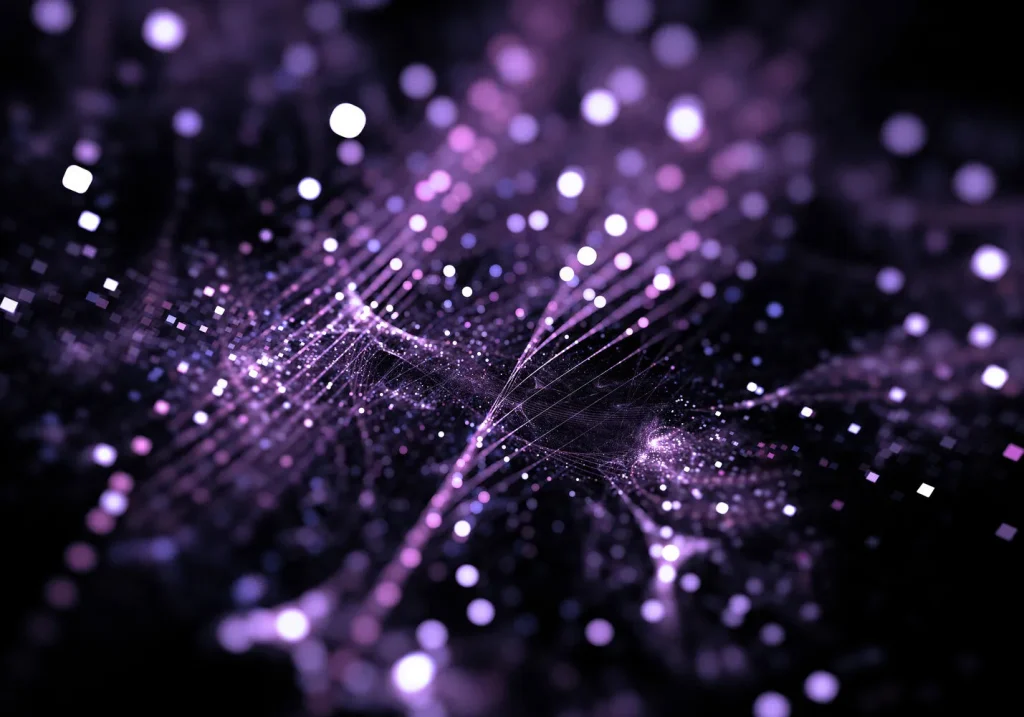
Purple is the color that symbolizes royalty, luxury, spirituality, magic, fantasy, and mystery. It can evoke a sense of mystery, elegance, and romance, help with meditation and intuition, and stimulate cultural and artistic distinction. Purple can be used in advertising to emphasize quality, prestige, uniqueness, and creativity. Purple can also be used in religion, art, and cosmetics expressions.
Orange

Orange is the color that symbolizes fire, autumn, fruits, health, enthusiasm, and friendliness. It can evoke a sense of fun, warmth, and friendliness, help with socialization and communication, and stimulate activity and confidence. Orange can be used in advertising to emphasize playfulness, health, taste, and affordability. Orange can also be used in sports, food, and health expressions.
Color psychology is an interesting and useful field that can help us better understand ourselves and others, and improve our quality of life. Color psychology can be applied in various fields, such as marketing, medicine, art, and culture. If you want to learn more about color psychology and color meanings, you can read this article or visit this website. You can also try this color test to find out what color reflects your personality and mood.

